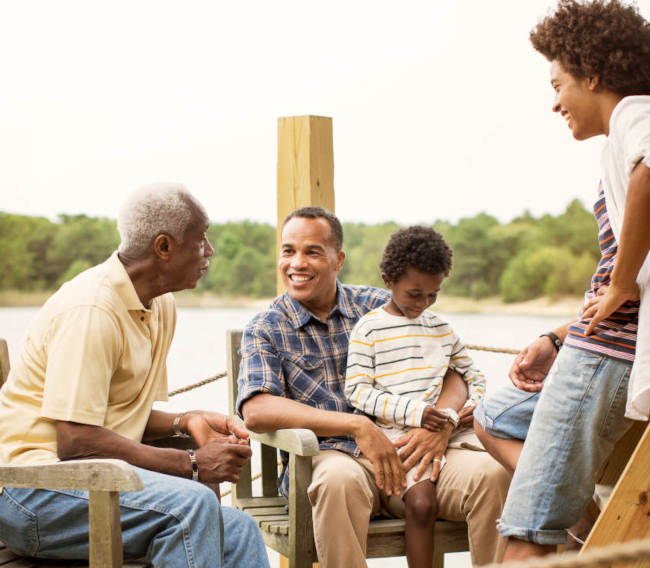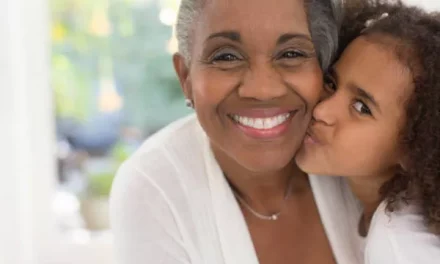by Dr. Ken Canfield
As grandparents, one of the most rewarding aspects of our role is passing down the rich tapestry of our heritage to the younger generations. It’s not just about recounting old tales; it’s about weaving those threads into the fabric of our family’s future. Sharing our heritage helps grandchildren understand where they come from, fostering a deeper sense of belonging and continuity.

What exactly does heritage mean in this context?
For many of us, it’s a blend of cherished memories, captivating stories, meaningful traditions, and tangible mementos that connect us to our ancestors and define our family’s unique identity. Often, it encompasses the core values and beliefs that have guided us through life, shaping who we are today.
There are many ways we can pass on our heritage to future generations, and for me two key principles stand out:
Be purposeful.
This isn’t something that happens by accident; it’s an intentional act that requires us to seek out moments to impart these treasures. Think about the natural rhythms of family life where these opportunities arise. Holidays, for instance, provide a perfect backdrop, like maybe gathering around the Christmas tree to recount how your own grandparents celebrated the season and how those traditions have lasted through the years. Special occasions like birthdays or family reunions can spark these conversations too, turning a simple cake-cutting into a chance to reveal the origins of a family recipe passed from generation to generation.
Beyond planned events, heritage sharing can weave seamlessly into everyday interactions. During regular visits, a quiet afternoon in the living room might lead to pulling out an old photo album, where faded pictures prompt stories of resilience and adventure. Mealtimes are great for talking about stories from the past, or you might think of a lesson you learned while working on a project with your grandchild. Spontaneous moments can happen during a car ride to soccer practice, where a song on the radio reminds you of a childhood memory worth sharing. The key is to stay alert for these openings, recognizing that even small snippets of history are vital in helping grandchildren build their own sense of self.
Share from the heart.
The specifics of what you reveal are entirely personal—maybe it’s tales of immigration, wartime experiences, or simple joys from a bygone era. There are plenty of exercises out there to jog your memory and capture those nuggets of wisdom, but the real magic happens when you infuse your stories with genuine emotion. By expressing the sadness of losses endured, the joy of triumphs celebrated, the fear of uncertainties faced, or the surprise of unexpected turns, you transform dry facts into vivid, relatable narratives. This emotional layer invites your grandchildren to empathize, picturing themselves in your shoes and feeling the weight of those moments.
When you convey these stories with authentic pride in and love for the people who came before you, you help create a sense of destiny in your grandchildren. They begin to see themselves as links in an enduring chain, inspired by the paths trodden by earlier generations. Remind them that they, too, are integral to this heritage; their own choices and experiences will add new chapters to the family story. In noticing what you hold dear, they might feel encouraged to embrace and carry forward those same values and help ensure that the legacy endures.
Ultimately, sharing heritage strengthens the invisible bonds that hold families together, creating lasting connections across generations. Whether through deliberate planning or heartfelt spontaneity, these moments have the power to enrich everyone’s lives.
How do you connect with your grandkids and share about your past? See what other grandparents are doing on our Facebook page.
This was adapted from Dr. Ken Canfield’s book, The HEART of Grandparenting.






